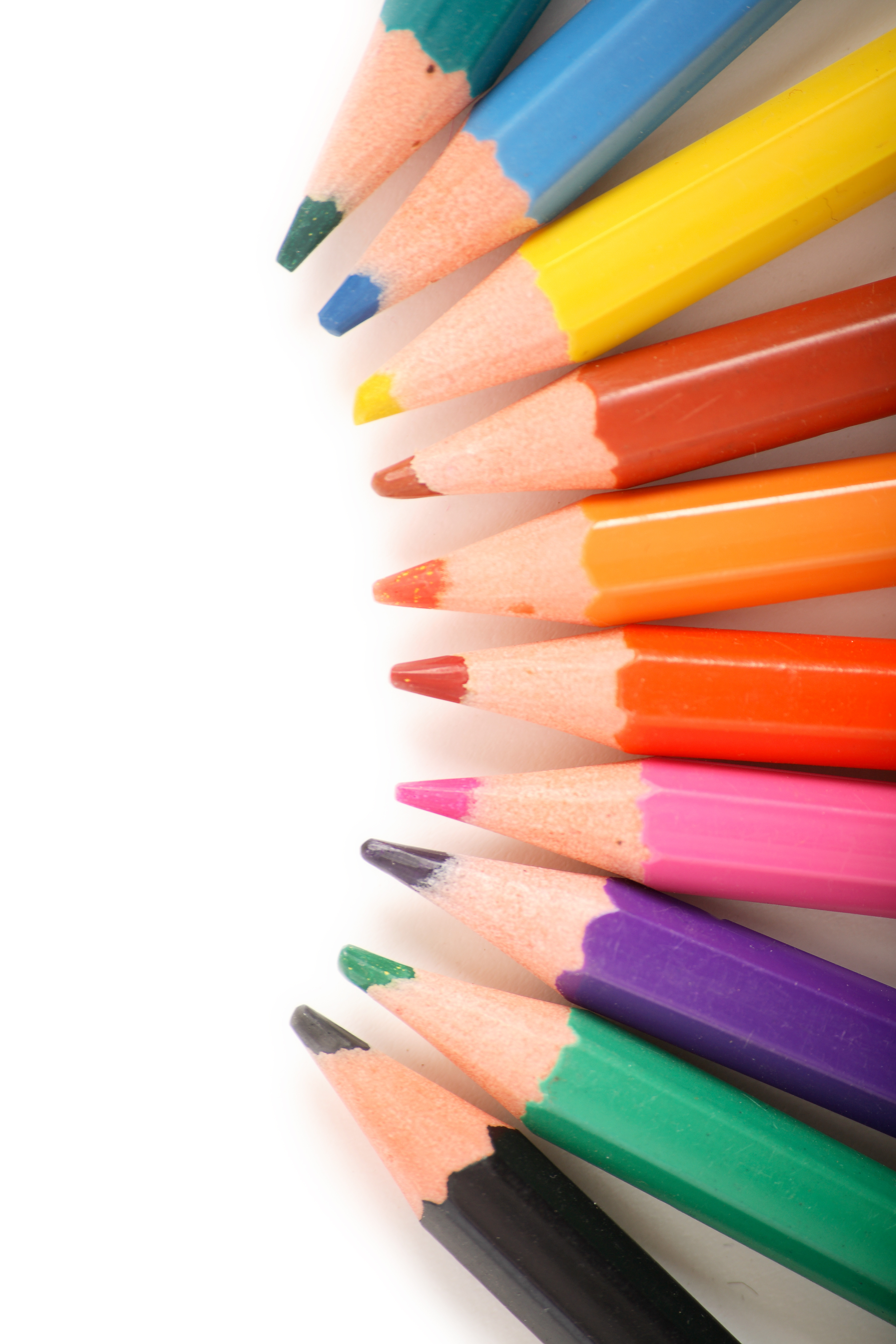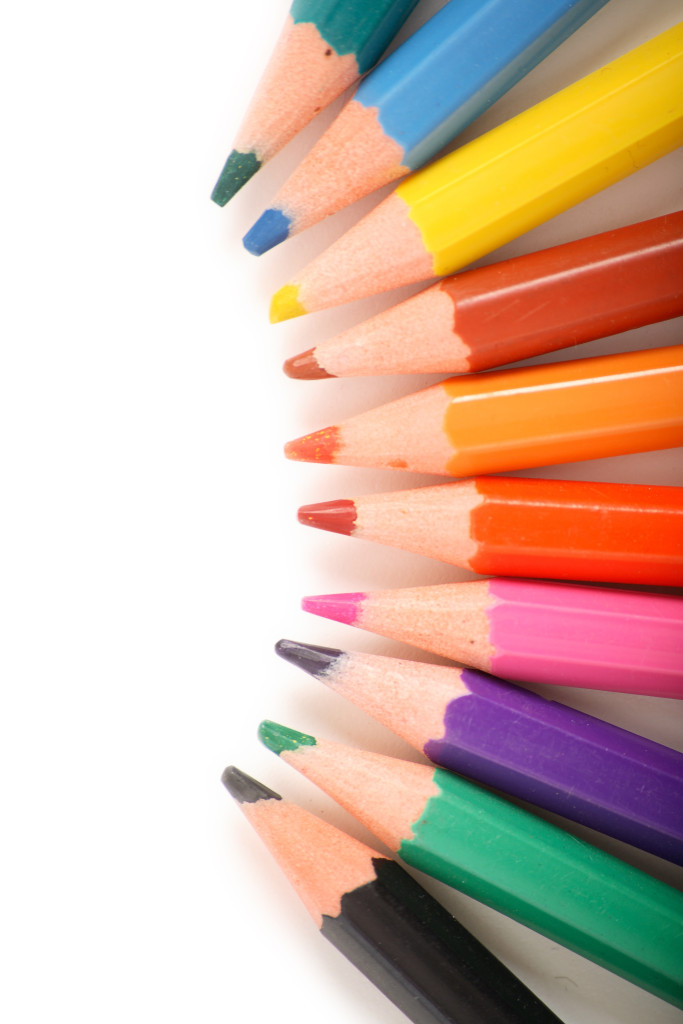What is the difference between additive and subtractive color?

 Additive and subtractive color models use two different bases to create color. Additive color uses the primary colors found in light (red, green and blue) and adds them together (i.e., combines them) to create all other colors. White results from combining red, green and blue light in equal intensities. The secondary colors of additive color are magenta, yellow and cyan.
Additive and subtractive color models use two different bases to create color. Additive color uses the primary colors found in light (red, green and blue) and adds them together (i.e., combines them) to create all other colors. White results from combining red, green and blue light in equal intensities. The secondary colors of additive color are magenta, yellow and cyan.
Subtractive color is the basis for creating colors when mixing paint, dye or ink. Color is created when some wave lengths of light are subtracted (i.e., absorbed) while others are reflected. The color display on a surface (a wall, a piece of cloth, a sheet of paper) depends on which colors are reflected by it and therefore made visible.
The primary ink colors used in printing are cyan, magenta and yellow. Cyan is the complement of red, which means it absorbs (subtracts) red. So the amount of cyan ink printed on a sheet of paper controls how much red will show. Magenta is the complement of green; yellow is the complement of blue.
Red, yellow and blue (RYB) used to be the standard set of subtractive primary colors used for mixing pigments and is still used in art (particularly painting). RYB are the primary colors of a standard color wheel; the secondary colors of violet, orange and green are formed by mixing equal parts of red and blue, red and yellow and blue and yellow.
